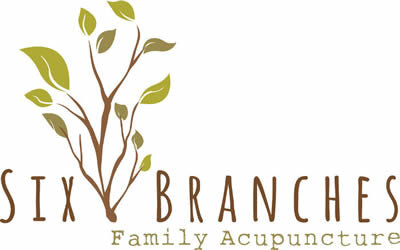"Eat this fat, don't eat that fat." "Eggs are high in cholesterol -- but they're a good source of protein." "Alcohol is bad, but red wine can be good for you." If you're new to healthy eating, it can be easy to feel overwhelmed with all the information that's out there about nutrition.
If you're interested in moving towards a healthier diet, forget about the details for a minute and start with the basics. Here are a few general tips to keep in mind:
Cook at home more often
We all love to go out for a good meal, and with our busy lives, it can be hard to cook at home all the time. However, between the large portion sizes and the amount of oil, butter and salt that is used in restaurant food, eating at home the majority of the time is a major step you can take towards healthier eating, and a healthier wallet! With a little planning, it doesn't have to take up a lot of time.
If you are someone who really goes out to eat a lot, here's a great book we've found that shows you how to cook meals that are similar to restaurant meals, but for less calories and saturated fat. The Cook This! Not That! series uses easy-to-find ingredients to help you cook at home more often, instead of going out to restaurants.
Eat more beans, vegetables, fruits, and whole grains
Eating more beans, vegetables, fruits, and whole grains will automatically make your diet healthier. Besides containing necessary vitamins and minerals that our bodies need to function, beans, vegetables, fruits, and whole grain foods are full of fiber. Fiber is important for our health in so many ways, and most Americans are not getting close to enough fiber in their diets. For more information on fiber and your health, click here. By focusing on getting more of these four types foods everyday, you take a huge step towards better nutrition.
Some examples of whole grains are millet, quinoa, brown rice, and barley. Ideally, they should be soaked for at least a few hours before you cook them, as soaking grains makes them easier to digest. Whole wheat is ok as a bread choice, but wheat contains a lot of gluten which contributes to dampness in the body (see below). Many people are very sensitive to wheat and do not realize it, so we suggest limiting your wheat intake, even whole wheat. Sprouted wheat breads seem to be a better choice, and now there are many options for gluten-free bread or breads made from other grains, such as spelt.
Avoid the Four Damps
Dampness is a term in Chinese Medicine that many people who have gone to an acupuncturist have heard about. To understand the concept of dampness, think of a musty, moldy basement. Think of cholesterol-lined arteries. Think of your sinuses when they're clogged. Gross! But we need these images because these foods taste sooo goooood. The Typical American Diet is replete with these four damp-producing foods:
Sugar - damp itself, and also feeds dampness-producing yeast and bacteria - this includes alcohol!
Dairy - damp/phlegm-producing yumminess
Fried foods - and too many saturated fats in general
Processed wheat flour products - remember elementary school science, when you made glue out of flour and water? Now think of your intestines.
In TCM practice, dampness is one of the most difficult pathogens to get rid of, so changing your diet to consume less damp-producing foods is a great step towards health. We are not suggesting that you never ever eat any of these foods, but we are suggesting that you seriously limit your intake. How long would it take that musty basement to dry out after a flood? Depending on your body, if you're eating enough vegetables, beans, whole grains, and fruits, a little damp once in a while isn't necessarily the end of the world.
Journal about your food for a week
An important first step when trying to move towards a healthier diet is to really look at what you are actually eating now and how it is affecting you. How do you feel after you eat pancakes? I personally get really sleepy, so now I know that if I have pancakes, I have to be prepared for a nap later. It's not that I never eat pancakes, but now I know what to expect if I do. Are you actually getting a healthy amount of fiber? I thought I was until I realized that an apple only has 3 grams of fiber! What are the emotions that pull you to eat those damp foods, or to keep eating after you're full? Keeping a journal is not about writing down every calorie you eat or drink, but about keeping track of your moods, cravings, and other changes in bodily functions at the same time as the foods you're eating to get a sense of how different foods are affecting your body.
